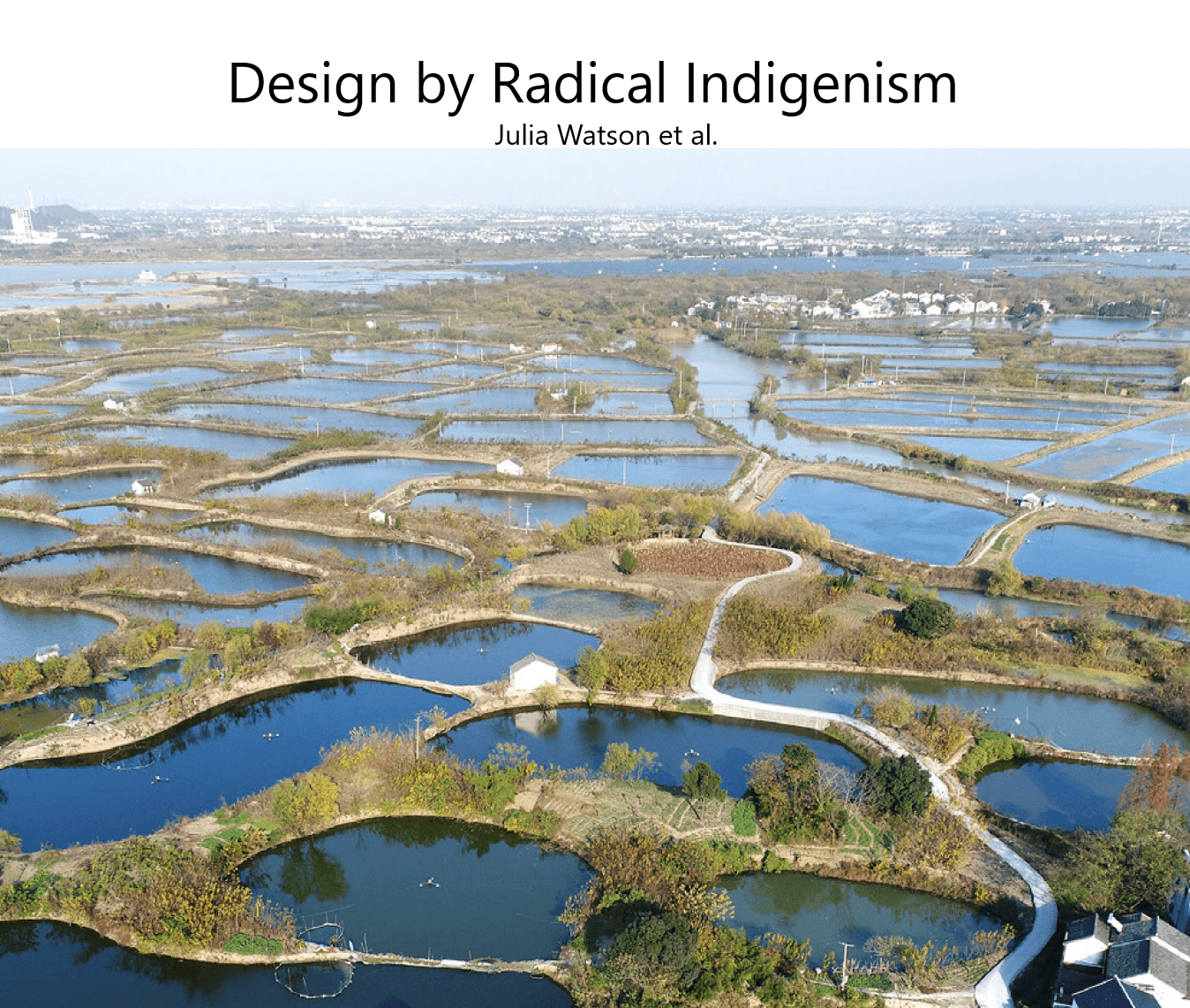Design by Radical Indigenism

Design by Radical Indigenism: Equitable Underwater & Intertidal Technologies of the Global South
This article considers the traditional water systems of indigenous cultures and explores their innovations as unique responses to the impacts of climate change in the global south.
Local communities have been living with and developing water-responsive infrastructures for generations that engage and support the complex ecosystems they inhabit. Many of these innovations improve coastal resiliency, yet remain undocumented and unexplored in the evolution of contemporary solutions. Rooted in traditional ecological knowledge, or TEK, these technologies work symbiotically with, rather than against nature, and offer examples of a more comprehensive approach to underwater and intertidal design. These innovations are Lo—TEK, a term coined by designer and author Julia Watson, that is defined as resilient infrastructures developed by indigenous people through Traditional Ecological Knowledge (TEK) (Watson 2019). The movement to bring these innovations to the forefront of the design field counters the idea that Lo—TEK indigenous innovation is low-tech, a term often incorrectly applied to indigenous innovation that means unsophisticated, uncomplicated, and primitive. In actuality, Lo—TEK aligns to today’s sustainable values of low-energy, low-impact and low-cost, while producing complex nature-based innovations that are inherently sustainable. Lo-TEK expands the definition of contemporary technology by rebuilding our understanding of climate resilient design using indigenous knowledge and practices that are sustainable, adaptable, and borne out of necessity.
Indigenous people have learned to live symbiotically with their environments, especially water. This essay will explore the Kuttanad Kayalnilam Farming System by the Malayalis in India, the Sangjiyutang Mulberry Dyke and Fish Ponds in China, and the Ramli Lagoon farms in Ghar El Melh, Tunisia. These innovations are inherently resilient to the stresses of the climate and are multi-functional, symbiotic structures themselves. While not directly intended for protection from the new challenge of sea level rise, they can inform how we can build circular water systems that work with the environment, rather than disrupting it.
